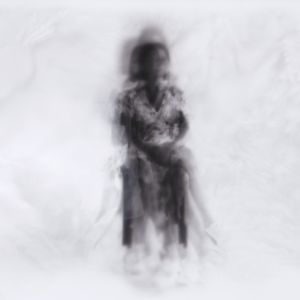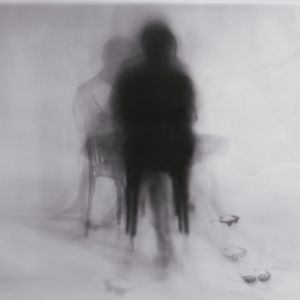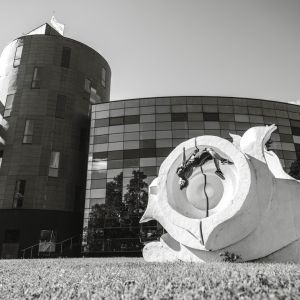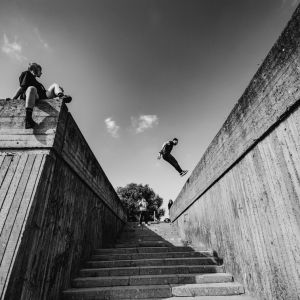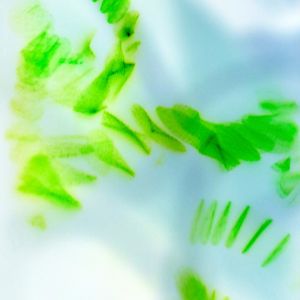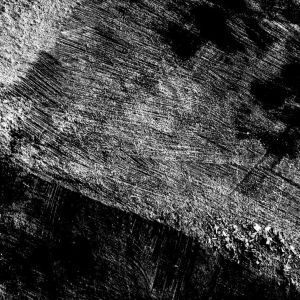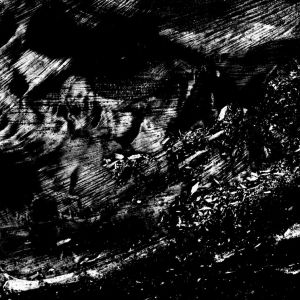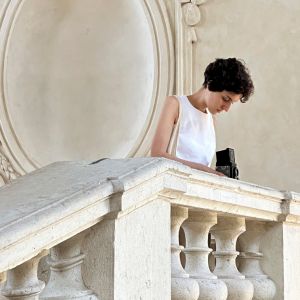4 DECEMBER 2025 – 12 APRIL 2026
VILLA MALPENSATA – SPAZIO MARAINI
The Fondazione Culture e Musei (FCM) and the MUSEC announce the winners of the 2025 edition of Unpublished Photo (UP), the international competition created to promote new trends in art photography among young talents from around the world. The 2025 edition of UP saw the participation of over two hundred young photographers from thirty-five countries, with strong representation from Italy, China and Australia. The candidates, aged between 18 and 30, submitted their projects consisting of 10 images on a theme of their choice, consistent in style and content. The four winners were selected by an international jury that met last May in Venice, at the headquarters of the Istituto Veneto di Scienze, Lettere ed Arti, a partner in the project. The jury, chaired by German photographer Hans Georg Berger, was composed of Francesco Paolo Campione, Eugenio Calini, Giovanna Palandri, Angelica Sella and Tiziana Serena. The first two artists tied for first place and won 2,000 Swiss francs each, while 500 Swiss francs went to both the third and fourth place winners. The four winners are also rewarded with the publication of the catalogue (Edizioni FCM) and a temporary exhibition at MUSEC. To complement the exhibition, side events dedicated to photography enthusiasts will be organised.
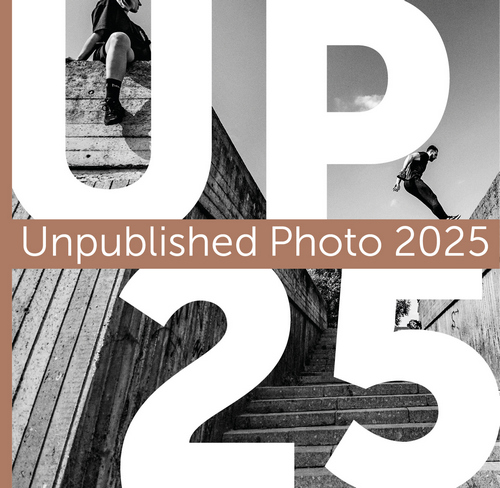
Nurlana Udovenko (Ukraine, 1997) is a visual artist and photographer. The Boredom project was born in 2024 from an inner urgency rather than a visual intuition. To investigate the experience of boredom, the artist invited several subjects to sit in front of a camera for an hour, alone, without tasks or distractions. The images were created in an unconventional way: Udovenko projected the videos of the sessions onto a screen and pressed sheets of photosensitive paper against it, leaving them exposed for the entire duration of the video. Each photograph, the result of an hour-long exposure, condenses the entire temporal experience into a single rarefied and blurred image, a visual memory of passage and presence. Boredom reflects on the contemporary difficulty of pausing in the void and listening to oneself without distractions. Boredom, often seen as a void to be filled, becomes here a fertile space of awareness, where “doing nothing” is transformed into an act of presence.
Titas Valionis (Kaunas, Lithuania, 2000) is a photographer whose research began in 2013 with parkour, a personal and physical experience rather than a visual one. Initially used to document training and progress, photography soon became a narrative tool for him, capable of capturing the essence of the gesture and its meaning. The project Artists That Can Fly brings together images taken during parkour gatherings and meetings throughout Lithuania, from Vilnius to Kaunas to Druskininkai. Titas Valionis sees parkour as an urban art form, where the athlete is the brush and his movements paint in space. The camera thus becomes a poetic means of capturing the moment and giving visual form to a language made up of energy, freedom and intuition.
Mariangela Pfahler (Germany, 1998) is a multidisciplinary artist. The Vertebrae project was born in 2021 from a moment of creative chance: a series of reflections produced by a multicoloured LED strip above the stove caught her attention, prompting her to photograph the images of light and the surrounding electrical cables. The curves and intertwining of the cables form complex compositions, similar to organic networks. Taken in a single session, the photographs were subsequently inverted and contrasted, giving rise to ambiguous and fascinating images that evoke bones, bio-organic structures or microorganisms. With Vertebrae, Mariangela Pfahler explores the ability of vision to transform the ordinary into wonder, inviting the viewer to rediscover the sensitivity hidden in everyday forms.
Anouk Andrea Boni (Modena, 2002) developed the project Nuda ferita mortale (Naked Death-Wound) in early 2025, inspired by the dense fogs of the Po Valley and the tree carcasses that emerge from it like silent traces of a broken life. Each photograph becomes a sign of death and, at the same time, of a residual vitality inscribed in the material. Inspired by Hermann Hesse’s collection Il canto degli alberi (Trees), the work reflects on the interruption of the life cycle and the tension between life and death, resistance and memory. Trees, symbols of growth and time, become emblems of a nature that continues to live despite external forces. Anouk Andrea Boni’s poetics, influenced by Mario Giacomelli, aim to represent not reality but its idea, decontextualising the subject to make it absolute. The images, between abstraction and contemplation, invite the viewer to reconnect intimately with nature and with the spiritual dimension of the landscape.


